On 4 August 1914 the largest global conflict the world had witnessed began. We look at the role photography played in representing the ‘War to End All Wars’.
The First World War was captured through many different types of photography, from official war records to personal mementos.
The British government commissioned official photographers to capture images of First World War life—both on the battlefield and on the home front. They recognised the importance of photography, both as propaganda and as a historical record.
In 1914, cheap, easy-to-use snapshot cameras were widely available and many soldiers bought cameras to record their own wartime experiences. Kodak even advertised their popular Vest Pocket Kodak camera as ‘The Soldier’s Kodak’.
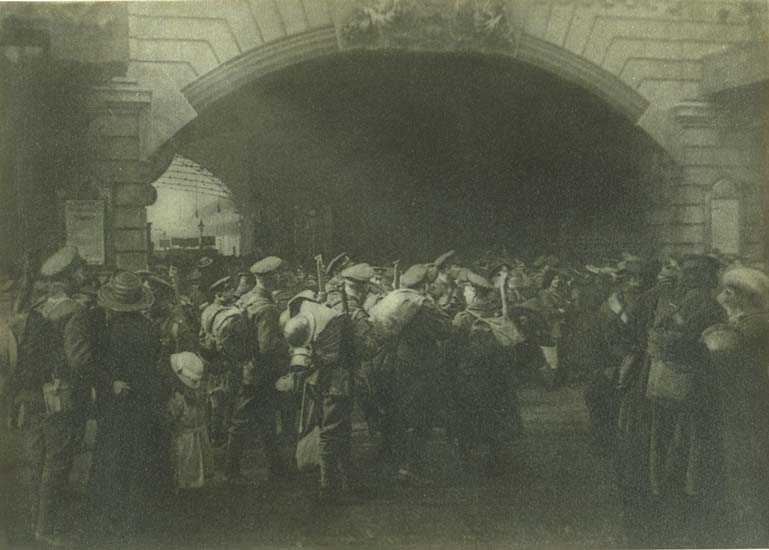
© The Board of Trustees of the Science Museum
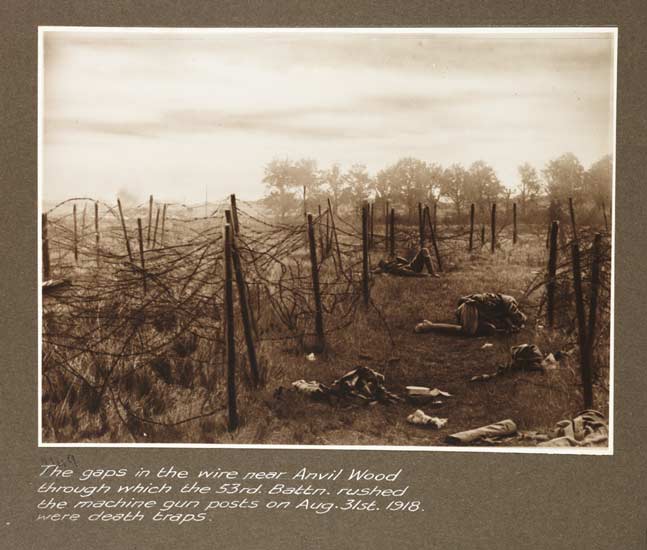
© The Board of Trustees of the Science Museum
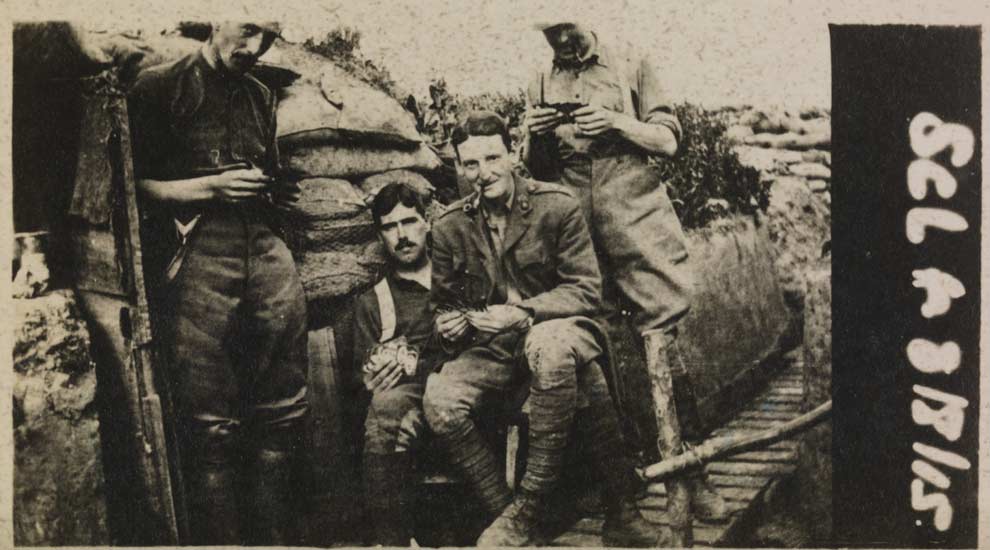
© The Board of Trustees of the Science Museum
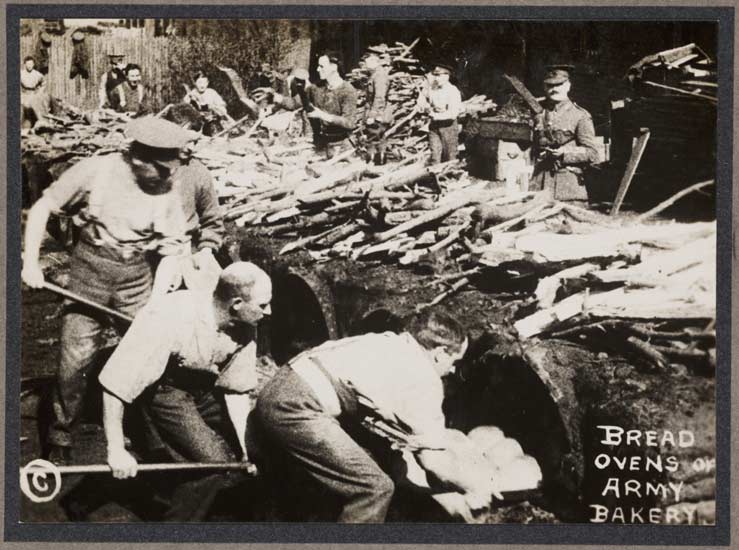
© The Board of Trustees of the Science Museum
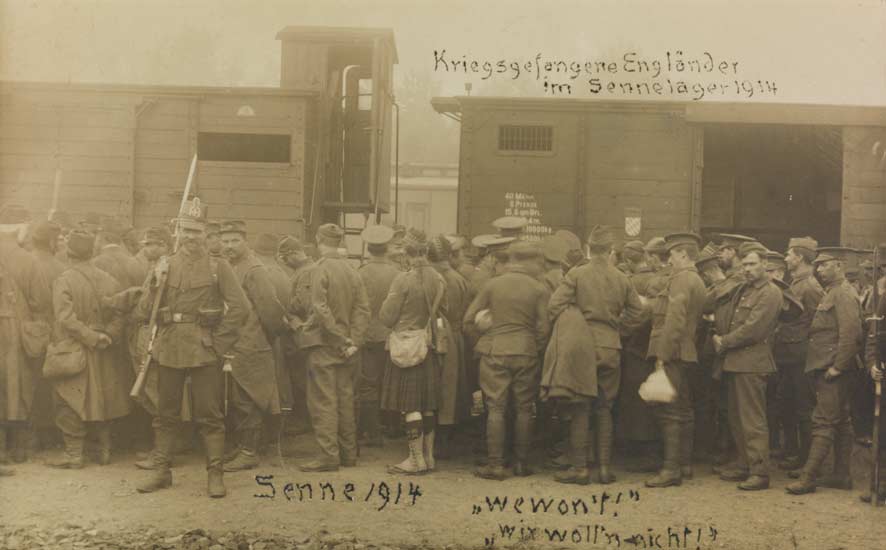
© The Board of Trustees of the Science Museum
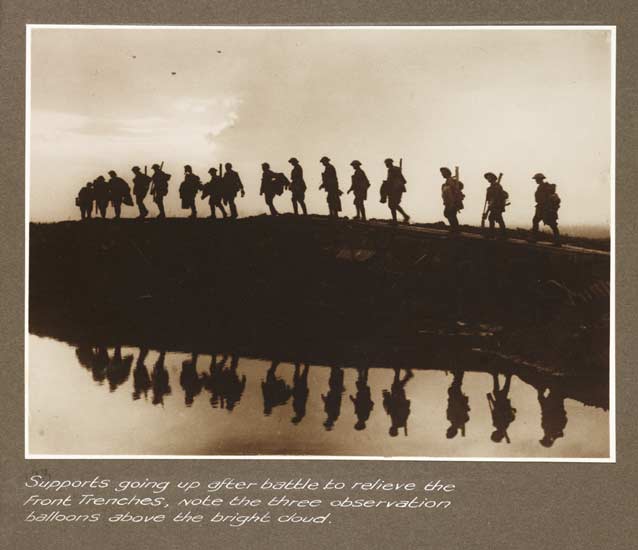
© The Board of Trustees of the Science Museum
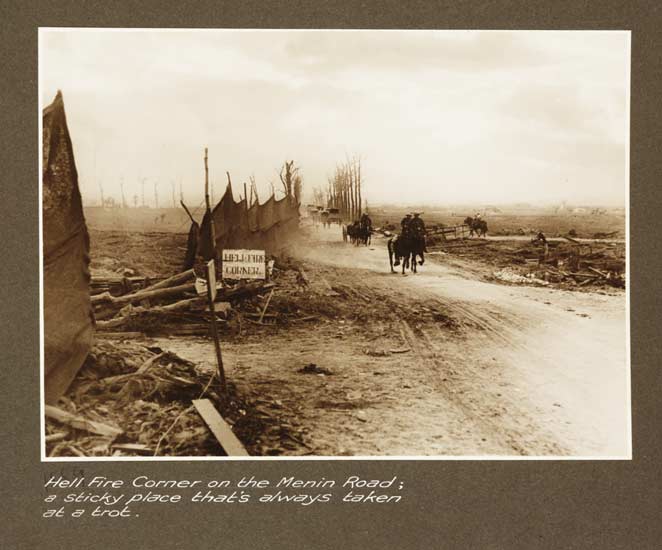
© The Board of Trustees of the Science Museum
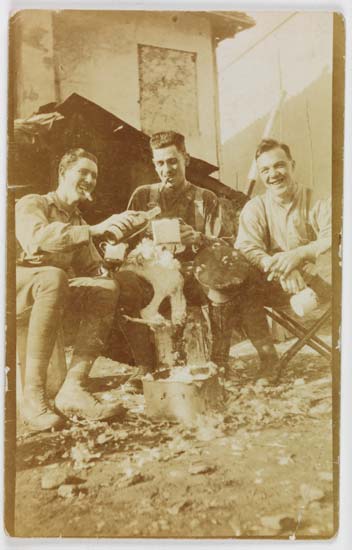
Photographer unknown
© The Board of Trustees of the Science Museum
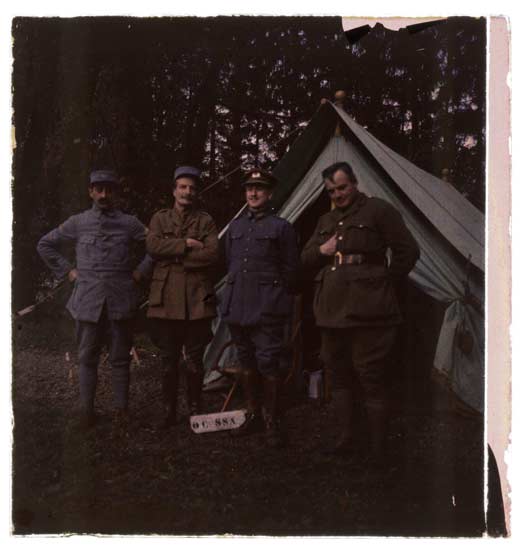
© The Board of Trustees of the Science Museum
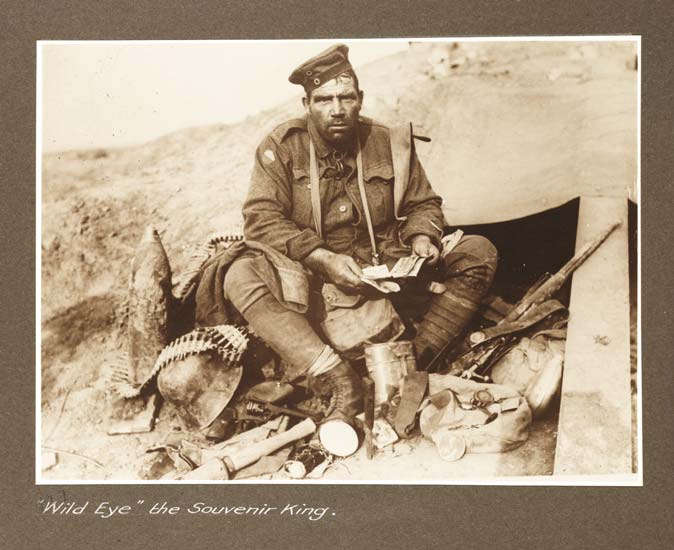
© The Board of Trustees of the Science Museum
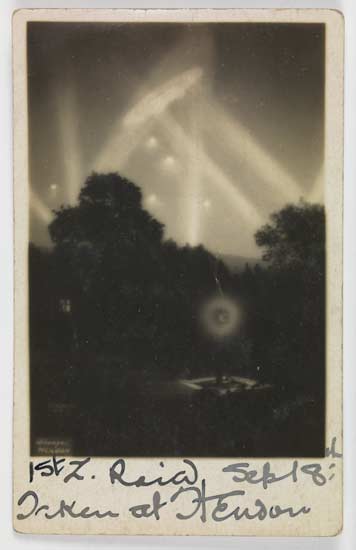
© The Board of Trustees of the Science Museum
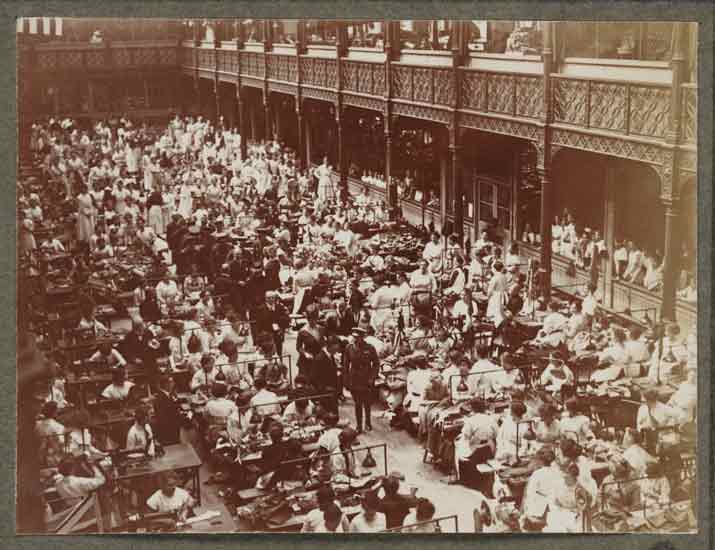
© The Board of Trustees of the Science Museum
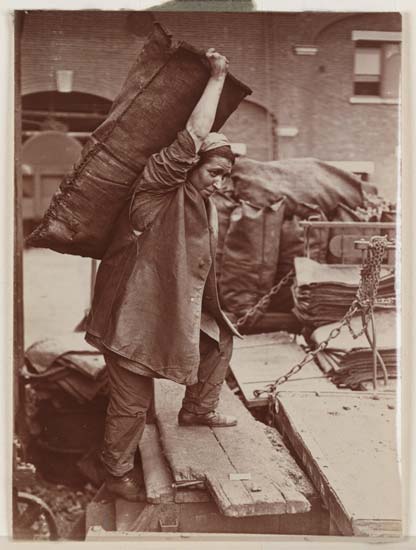
© The Board of Trustees of the Science Museum
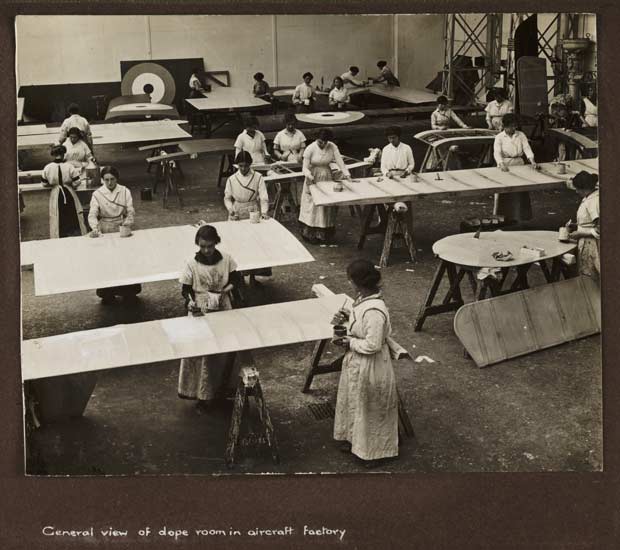
© The Board of Trustees of the Science Museum
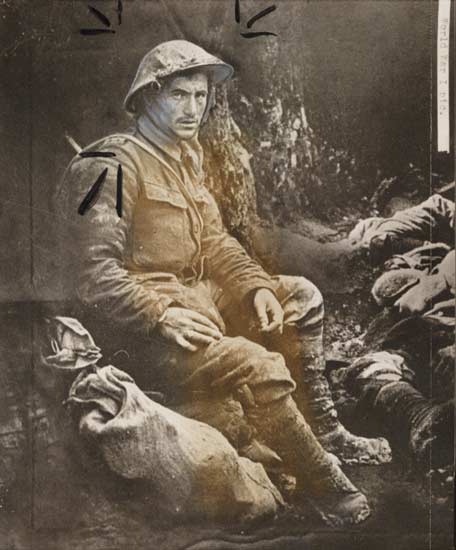
Photographer unknown
© The Board of Trustees of the Science Museum
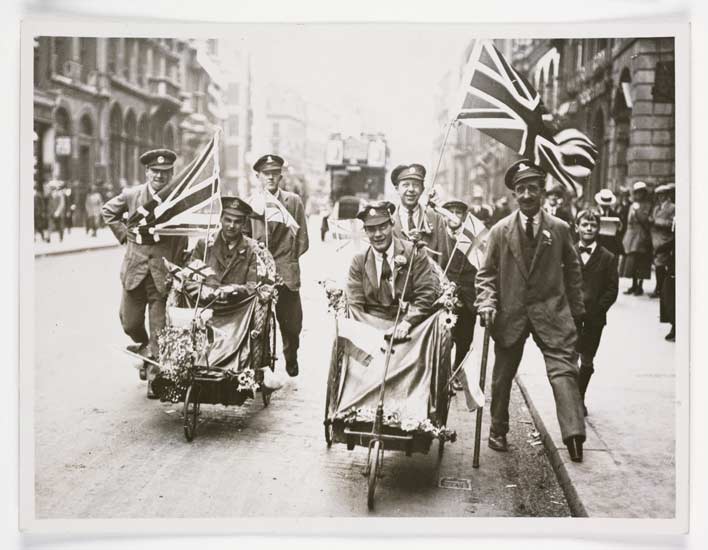
© The Board of Trustees of the Science Museum
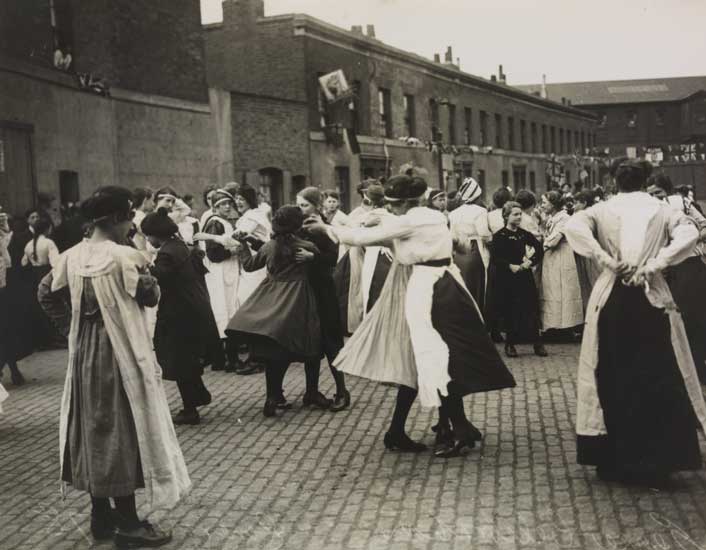
© The Board of Trustees of the Science Museum
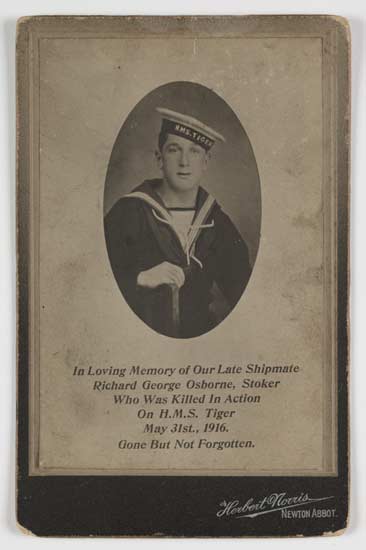
Photographer unknown
© The Board of Trustees of the Science Museum
More photographs from the Official Australian photographs of World War One album are available on Flickr.